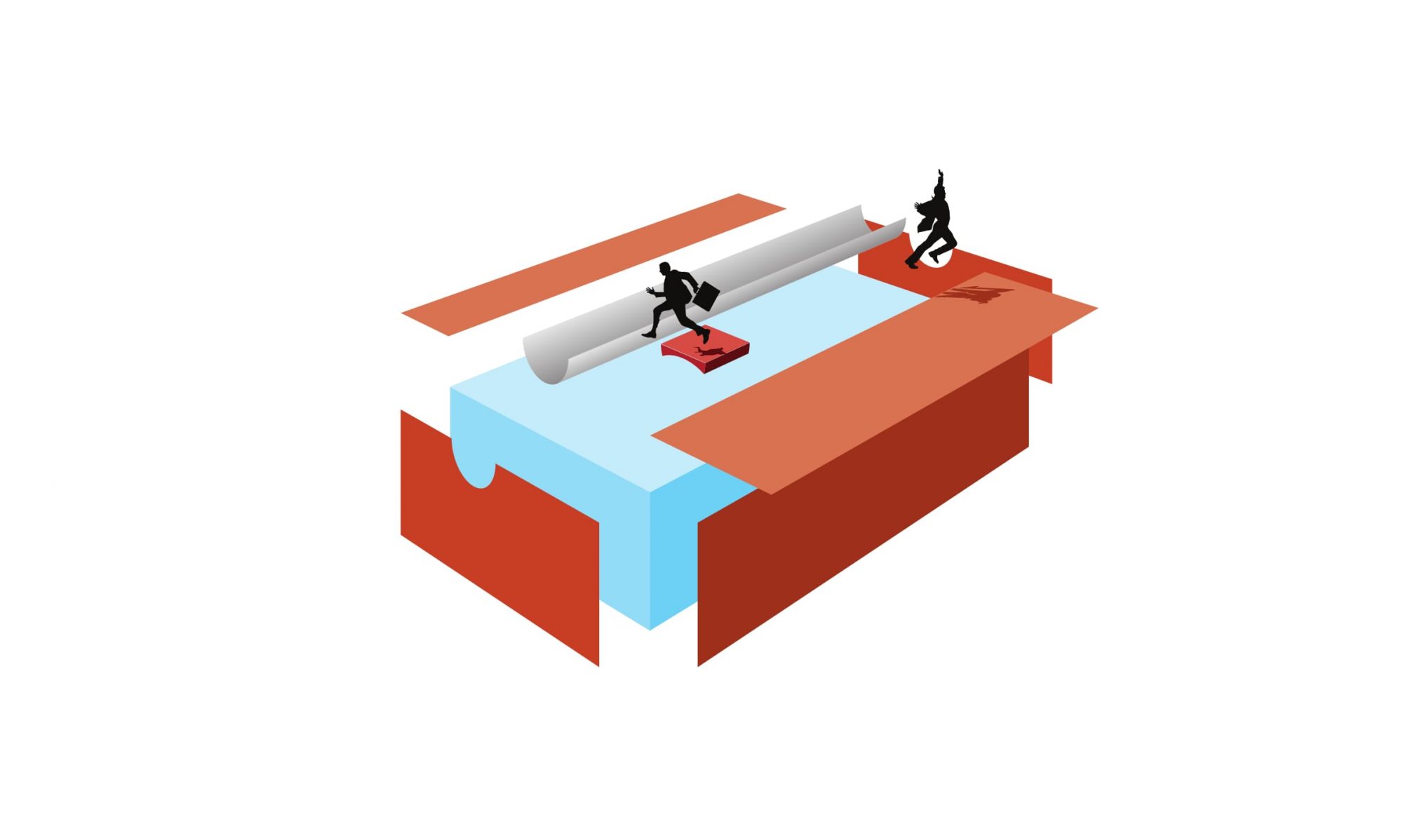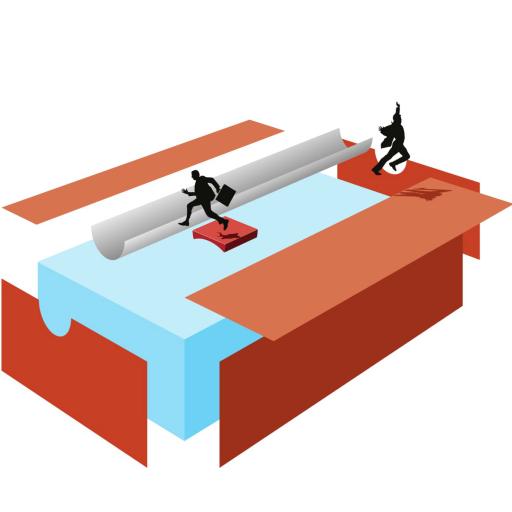Michael owns and operates a removals business. But his business isn’t just any old removalist, it has real environmental chops: it’s officially carbon neutral, it’s trucks run on bio-diesel – 100% waste vegetable oil, it reuses and recycles packing material and the office is on 100% green energy.
But Michael is dissatisfied that his green credentials haven’t been the ‘calling card’ he was looking for; attracting the business he wants. He speculates about a business blog.
A business blog is a term for publicly available web content, usually written, but also visual and audio, delivered via a website. I say ‘business’ because it’s a blog whose primary concern is to serve business or career aims, as opposed to a personal blog where hobbies and individual interests come first. It’s also a verb to describe the act of composing a blog.
Does Michael need to blog then? Simple. Surely he only need weigh the benefits up against the disadvantages and get going (or not)? Less talk, more blog. But decision-making is much more messy than that.
Michael’s question about business blogging is really a solution looking for a problem. What’s the problem?
Our culture pushes people to jump to solutions more often than it allows us to dwell on problems. We’re taught early on to avoid problems. We even have an over-used euphemism: ‘issues’.
Take it apart, see how it works
I remember the delight I felt when, as a boy, I dismantled a wind up mouse. I couldn’t put it back together exactly the same way it started off but I learnt a lot about how it worked.
A mechanical toy is a complete solution to a bunch of design problems and it doesn’t need to by taken apart. But a blog is only a partial solution to business design problems. In a sense, a hastily constructed solution is a business process ‘fault’.
If you’re looking for advice on whether you should start a blog then you won’t find it here but you might get a powerful technique for how to approach it.
5 Whys
The technique I’ve found success with is simple: ask why until you uncover the underlying problem. It’s been used in manufacturing for ages where it’s called the 5 whys, a form of root cause analysis.
Here’s some things I’ve learnt that’ll help you apply it:
- Dwell on the problem; ask why as many or few times as necessary to get to the nub of the problem
- Keep the questions simple; ask with a real sense of curiosity
- Record the answers
- Don’t feel like you need to solve any particular problem that arises
- If you feel the timing is right, also ask a contrary question to test assumptions. I’ve since discovered this is a loose version of what’s called counterfactual testing and I’ve included some examples of this below.
5 whys is also linked to negotiation. It has the side-benefit of focusing on ‘needs’ rather than ‘positions’ and it’s an excellent way to get more people to buy into the eventual solution. Here’s my example of the 5 whys in action:
1. Why do you want a blog?
Michael thinks a blog may define his unique service offering in the removal industry. (Although I didn’t ask, a counterfactual question you ask could be: why a blog specifically, why not a Facebook page, Twitter account, word of mouth, seminar, webinar or printed material? Or why haven’t you already done one?)
2. Why do you need to define your unique service offering?
Michael: no one else in the industry is doing green removal. ( How do you know – have you researched this? What about other countries?)
3. Why is no one doing green removal?
Michael: because it’s a conservative industry? (What would removals look like if everyone was ‘going green’?)
4. Why is it a conservative industry?
Michael: because people mainly compete on price. (What would a ‘progressive’ removal industry look like?)
5. Why do people mainly compete on price?
Michael: people want to get from A to B as quick as possible. They want to know we’ll be there on time and take care not to break anything. But they want it cheap. Why would you pay more just because we do all of that AND don’t wreck the planet? (Do you have any examples of a customer hiring you on a factor other than price?)
Focus on the process
So where did the 5 whys (and counterfactual testing) take us? To a strategy problem. Maybe it’s a mismatch between the services and the market.
5 whys technique says to focus on the process. Your business strategy is more of a process than a thing – how you continue to answer questions about your business. And a blog – which is really a way to get your knowledge out of the shop floor (clinic, office, workshop, etc.) – could help you ask and answer a bunch of questions, defining and refining your business strategy.



